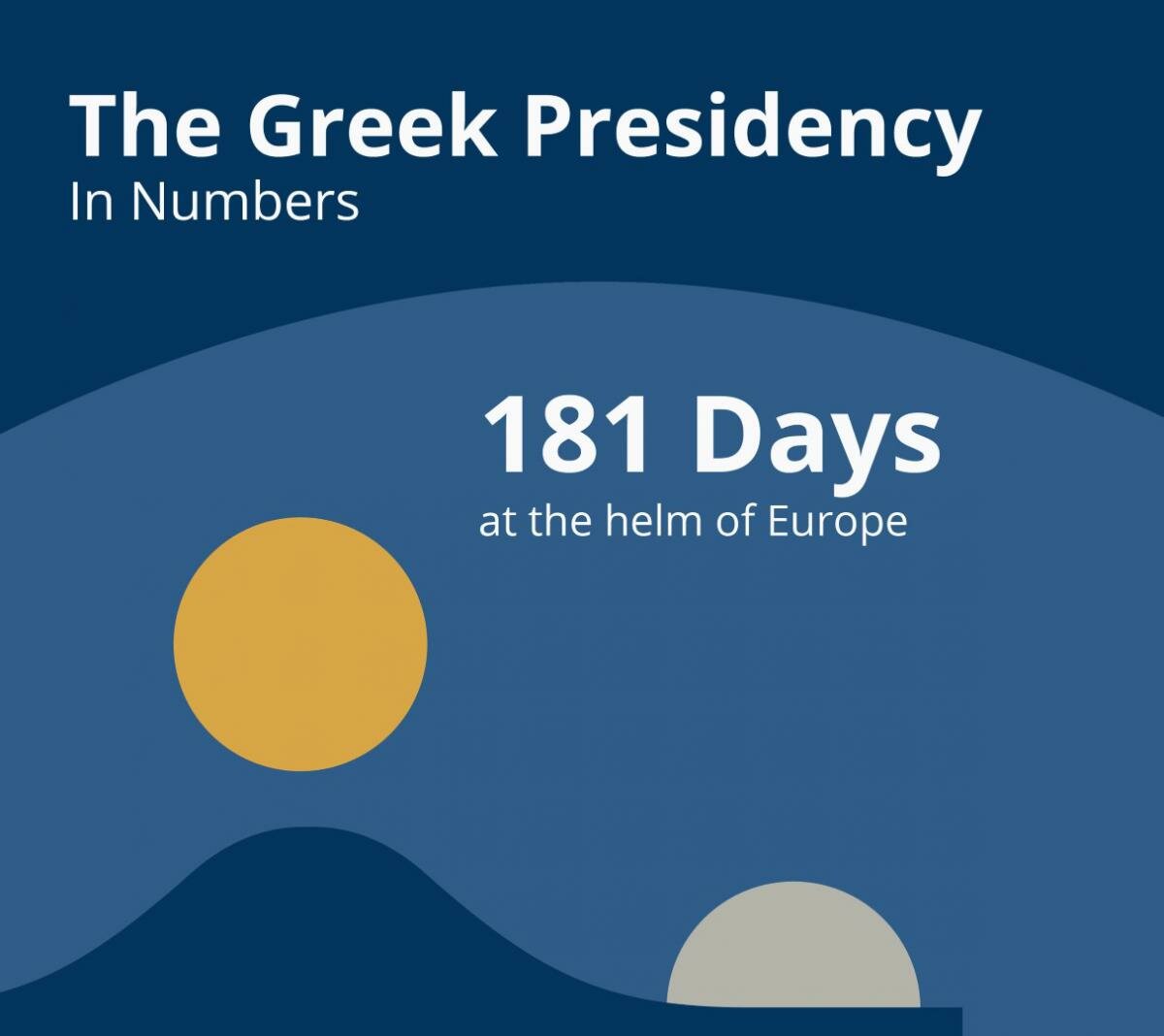Although road transport is a lot safer compared to the past, it is still considerably more dangerous than other means of travel. This underlines the fact that future initiatives need to be undertaken at EU level in order to prevent road accidents and minimize road traffic deaths and injuries. To this end, Member States need to build the political commitment necessary for adopting an EU road safety strategy. In another words they have to seek common ground on converging the existing different standards on traffic flows, road infrastructure quality and driving behaviours and to improve European citizens’ perceptions of what road safety is all about.
However, improving road safety and ensuring equal treatment for all driving behaviours has not been an easy task thus far. Directive 2011/82/EC ensures the exchange of information between Member States for specific traffic offenses committed in a Member State when the vehicle is registered in another Member State. Nonetheless, this Directive lacks any provisions related to: the harmonisation of EU rules by creating a common penalty system, the data exchange and storage of drivers’ records, the promotion of a common System of Control and a premium car insurance policy depending on drivers’ records.
Technology in the service of the EU’s transport policy
"Let us imagine a transport system where accidents are rare, traffic flows smoothly-even during peak hours, travel times are reliable, travel information is always available, easily accessible and accurate, air pollution and waste of fuel due to traffic belong to the past"
This is broadly accepted as the vision for Intelligent Transport Systems (ITS). But what ITS truly offers is solutions to those who mostly need them: the users, the economy, the environment. The proliferation of ITS applications as well as the necessary policy measures, can successfully meet the challenges that transport systems face today. The European Action Plan for Road Safety focuses on a systemic approach to the problem: responsible driver behaviour, enforcement of rules & enhanced vehicle safety by supporting technological progress and improving traffic conditions with the use of ICT, which is the core of ITS.
Use of ITS in road transport in Europe is, however, still uneven. The Commission concluded in the launch of the ITS Action Plan that there is currently a patchwork of national, regional and local solutions slowing down overall deployment and failing to provide seamless service. Questions such as data access, interoperability and common standards need further discussion.
Maintaining and modernising transport systems, without wasting precious resources
Transport demand grows at the same time that infrastructure matures and public investments shrink. Directive 2008/96/EC provides the EU legislative framework for the safety management of road infrastructure, establishing procedures aimed to ensure that the road network is safe.
The European Structural and investment funds (ESI Funds) are today the single most important source of EU funding for transport projects and policies. In less developed regions of the EU, these funds are directed towards improving accessibility, reducing disparities between developed and less developed regions and therefore, achieving a greater degree of convergence and territorial cohesion.
Additionally, EU financial support will be available for common interest projects under the TEN-Τ policy, by the use of the CEF - Connecting Europe Facility, providing € 26 billion for the period 2014-2020, while the Horizon 2020 work programme for 2014 and 2015, will drive innovative policies and technologies towards smart infrastructures / smart vehicles.
Finally, Innovative funding schemes, such as Public – Private Partnerships (PPPs) form an alternative to the traditional public expenditure financial model for constructing new infrastructures, maintaining existing and providing various new services.
The Greek presidency seeks to put such issues under discussion as it considers drafting a Road Safety strategy to be a challenge the EU needs to meet. To this effect, the Informal Meeting of Ministers for Transport (8 May) and the European Road Safety Day Conference (9 May), will bring together high-ranking national and European officials, road safety experts, stakeholders and decision-makers to share expertise, propose key actions and communicate good practices in order to address the road safety challenges ahead and make the most of the opportunities towards the harmonisation of European transport policies.








